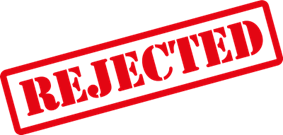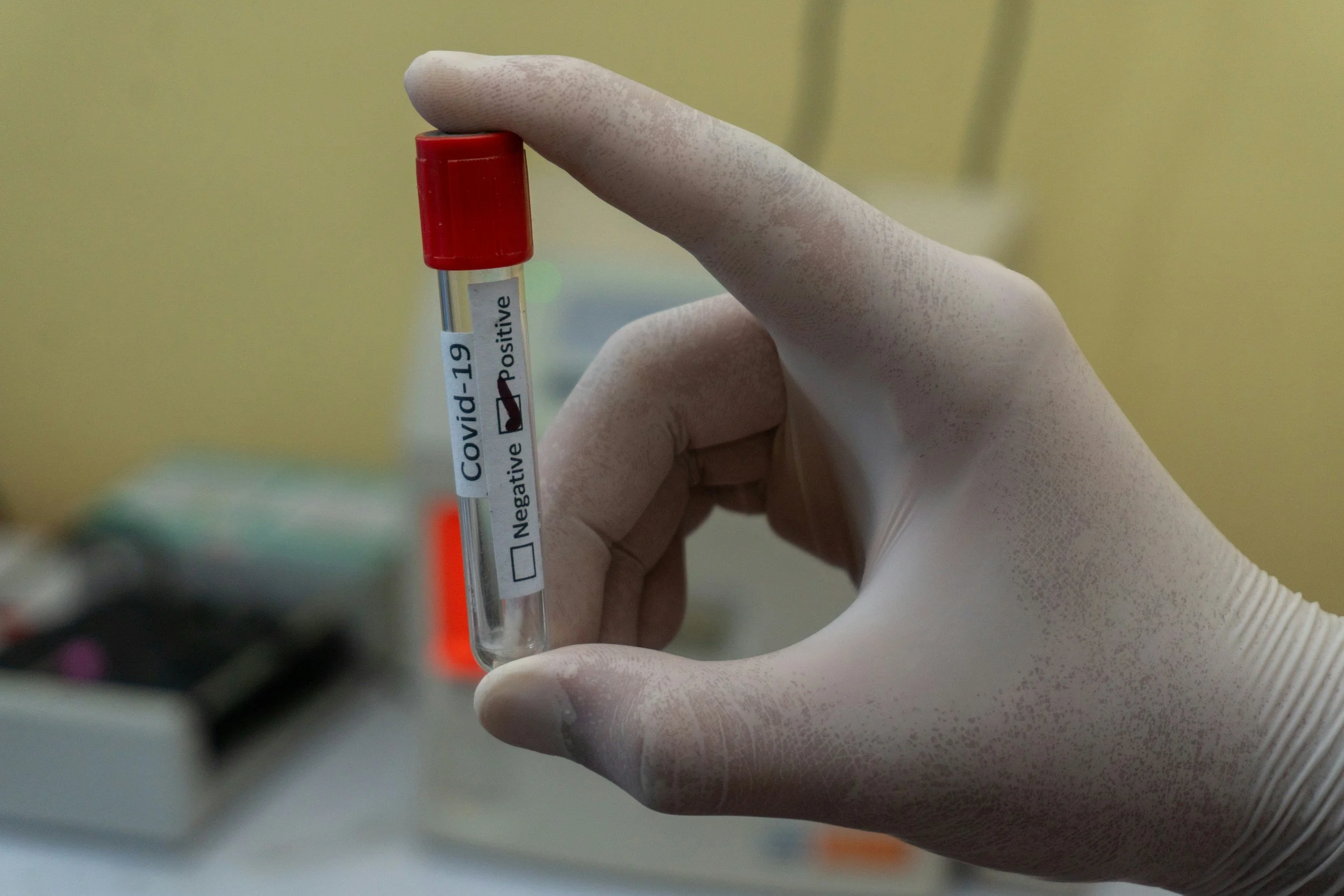From Descriptive to Distinctive: A Tale of Two Trademarks
One of the initial questions many clients have when it comes to protecting their most valuable intellectual property assets goes something like this: “Can I get a trademark for this?”.
Like a stereotypical trademark lawyer (okay, like a stereotypical “fill-in-the-blank” lawyer), I usually answer questions like that with another question. Actually, I usually respond with more than one question, but one of the first questions I ask is, “What goods or services do you intend to use the proposed trademark with?”.
There are a number of reasons why that question must be answered sooner rather than later, and I’ll discuss a couple of those reasons in more detail below. But one of the most important reasons for asking that question at the outset is that the difference between (i) a trademark that is “merely descriptive” of the goods or services with which it will be used and (ii) a trademark that is “distinctive” is frequently the difference between a refused trademark application and a registered trademark.
Merely Descriptive
Distinctive
Merely Descriptive vs. Distinctive
In general, a trademark or service mark that is “merely descriptive” of the good or services identified in the application for registration will be refused by the Examining Attorney at the United States Patent and Trademark Office (USPTO). Like “generic” marks such as Aspirin, Escalator, and Thermos, trademarks and service marks that simply describe a feature or quality of the goods or services for which protection is sought, without more, will not be entitled to federal registration by the USPTO. Examples of “descriptive” marks include terms like Tasty for a food product, Warm for a heater, or Weight for a scale.
By contrast, “distinctive” trademarks and service marks are generally entitled to federal trademark registration, provided that the other requirements for registration are met. There are, however, degrees of distinctiveness recognized by the USPTO. Namely, “distinctive” marks are characterized as being “suggestive,” “fanciful,” or “arbitrary.”
“Suggestive” marks are ones that imply a characteristic or benefit of the good or service with which they are used, such as Netflix for a streaming service, Gleam for toothpaste, and Microsoft for computer software. “Fanciful” marks are ones that are invented or have no meaning, such as Kodak for a camera company, Adidas for sneakers, and Clorox for bleach. “Arbitrary” marks are ones that have a common meaning but the mark is used for an unrelated good or service, such as Apple for a computer company, Delta for faucets, and Bronco for motor vehicles.
While all three categories are generally registrable, “fanciful” and “arbitrary” marks are more likely to be registrable than “suggestive” marks. As noted on our FAQ page, even the most fanciful and arbitrary marks can become generic and thereby lose any trademark protection through improper use of the mark. As a result, you should consult with an experienced trademark attorney regarding the proper use of your marks.
From Descriptive to Distinctive
Other Considerations
In addition to the threshold question of registrability, the identification of the goods and services with which a proposed mark will be used also impacts a number of other issues relating to a trademark application for federal registration. For example, the types of goods and services described in an application for registration dictate the number of International Classes that must be identified in the application. In short, there are currently 45 recognized International Classes, and all goods and services fit into one of those Classes. For more information on International Classes, see our FAQ page.
More importantly, the USPTO requires the payment of a separate filing fee for each International Class in which protection is sought for each mark. As a general rule, the longer the description of goods and services, the higher the filing fee for an application for registration.
Another statutory requirement impacted by the description of goods and services in an application for federal registration is the requirement for an acceptable specimen. In short, an acceptable specimen is a real-world example that demonstrates how the proposed mark is actually being used in commerce. Moreover, the requirements for an acceptable specimen differ for marks used in connection with goods (trademarks) and marks used in connection with services (service marks). For more information on acceptable specimens, see our FAQ page.
Filing Fees
Specimens
If you have any questions about whether the name for a new product or service your business is offering or a clever slogan or tagline can be registered as a trademark or a service mark, let’s talk about the distinctiveness of the proposed mark in relation to the goods or services with which it will be used. You can contact me at paul@brightwiselaw.com.
______________________________________________________________________________________________
Elevating Innovation to
COMPETITIVE ADVANTAGE
___________________________________________________________
Any Comments?
[Warning: Do not include any confidential and/or proprietary information in any comments posted on this IP Blog page. Including confidential and/or proprietary information in any such comments risks the waiver of any attorney-client and/or work product privileges that may otherwise apply to such information.]





